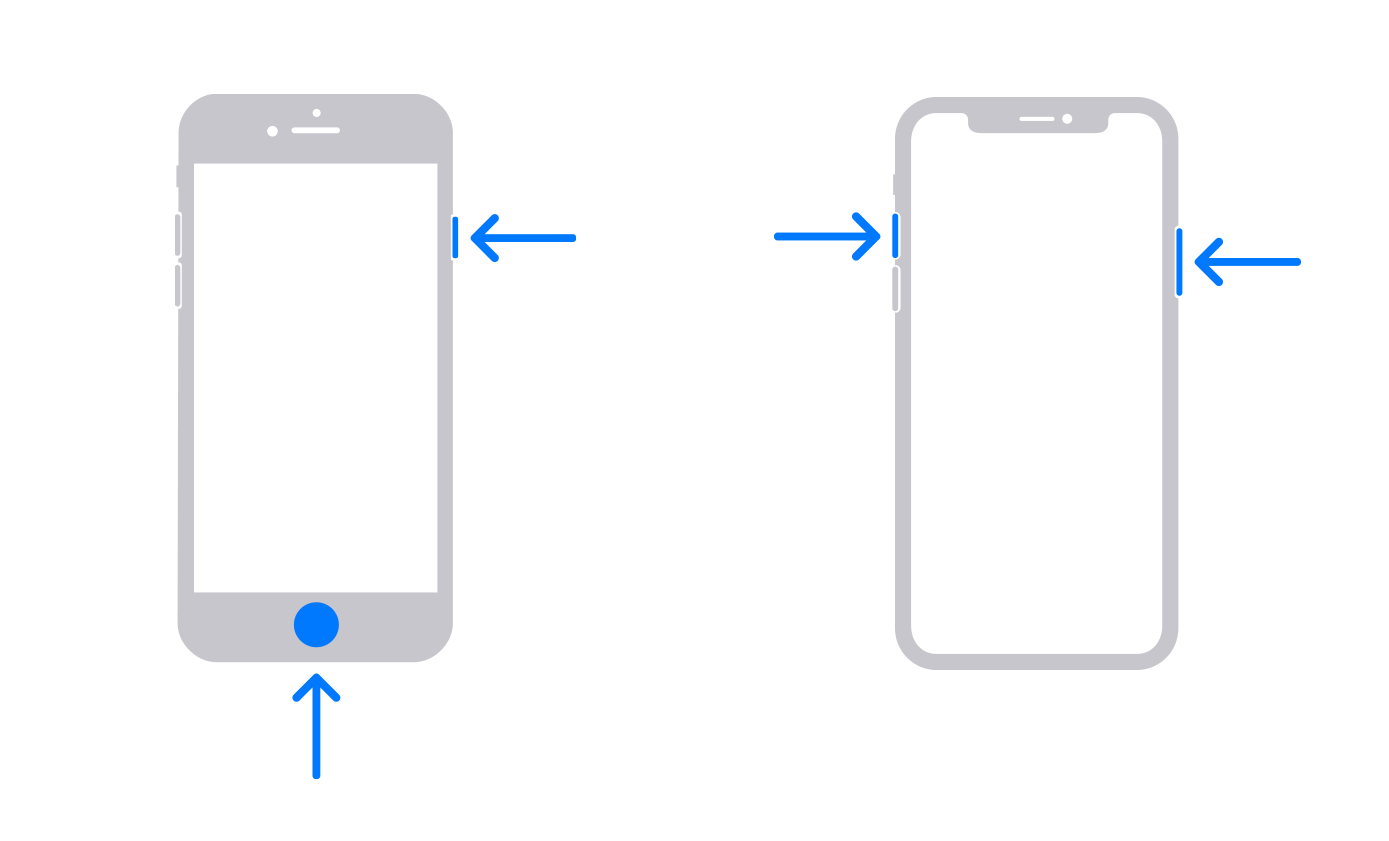

The -force works in conjunction with -ext.By default, PNGQuant creates an output file name ending with -fs8.png. The -ext=.png creates an image whose extension is a png.

I personally always run PNGQuant with this option.
#SCREEN SNAPSHOT ON MAC FREE#
Some of you may think 50% is too small - if that's the case, feel free to play around with the resize option. That's a 80% reduction for a short one-line command! The file size is also reduced down to about 430KB. Running the convert command above reduces the dimension to 1792 x 1015. In my case, the resulting screenshot is 2.1MB and has a dimension of 3548 x 2030. Click on the window that you want to take a screenshot on. Try it! Take a screenshot of the current window with Cmd + Shift + 4 then press Space. The -resize 50% option will resize the input image by 50%. Enter fullscreen mode Exit fullscreen mode


 0 kommentar(er)
0 kommentar(er)
